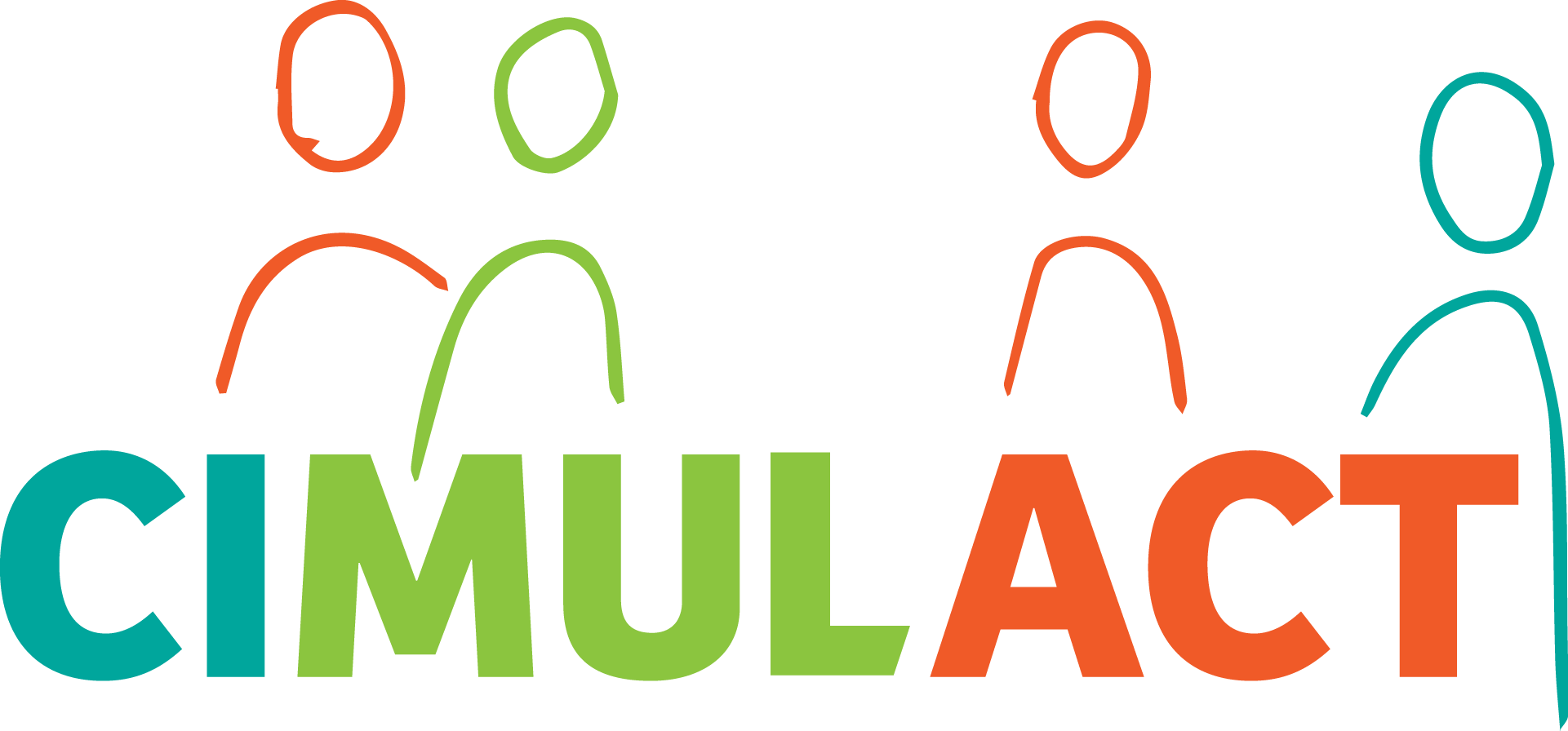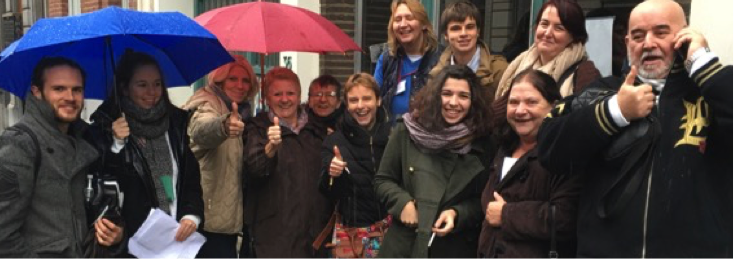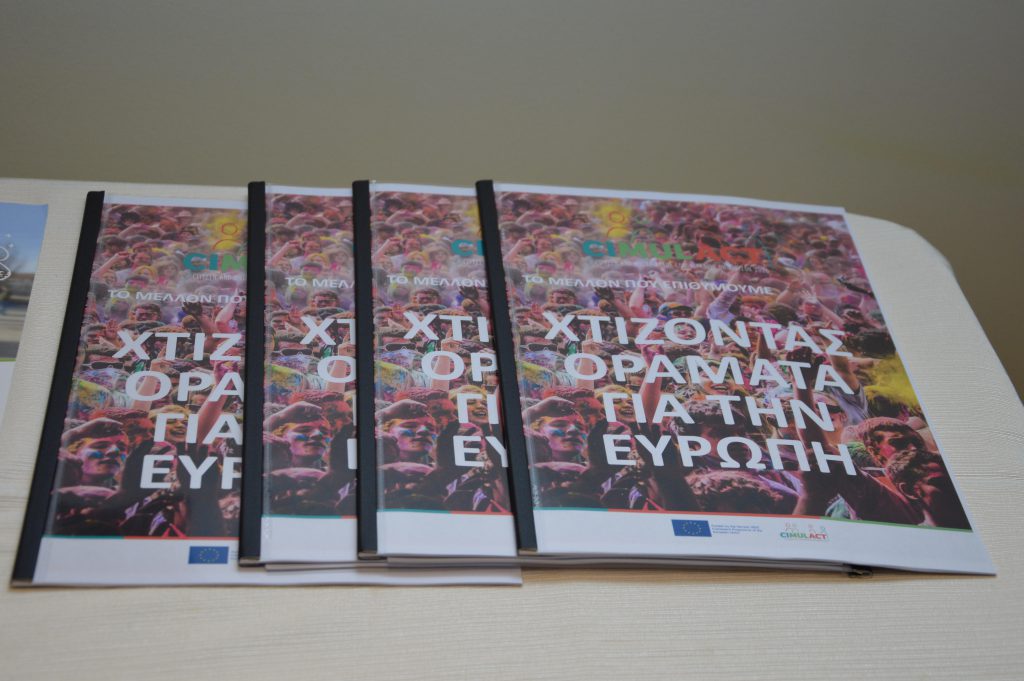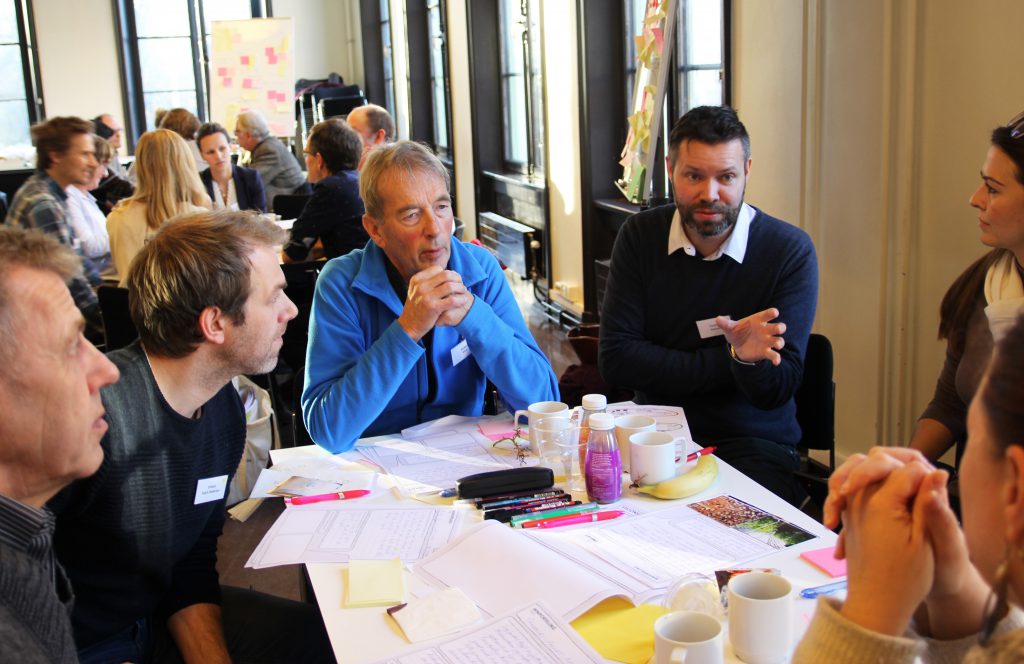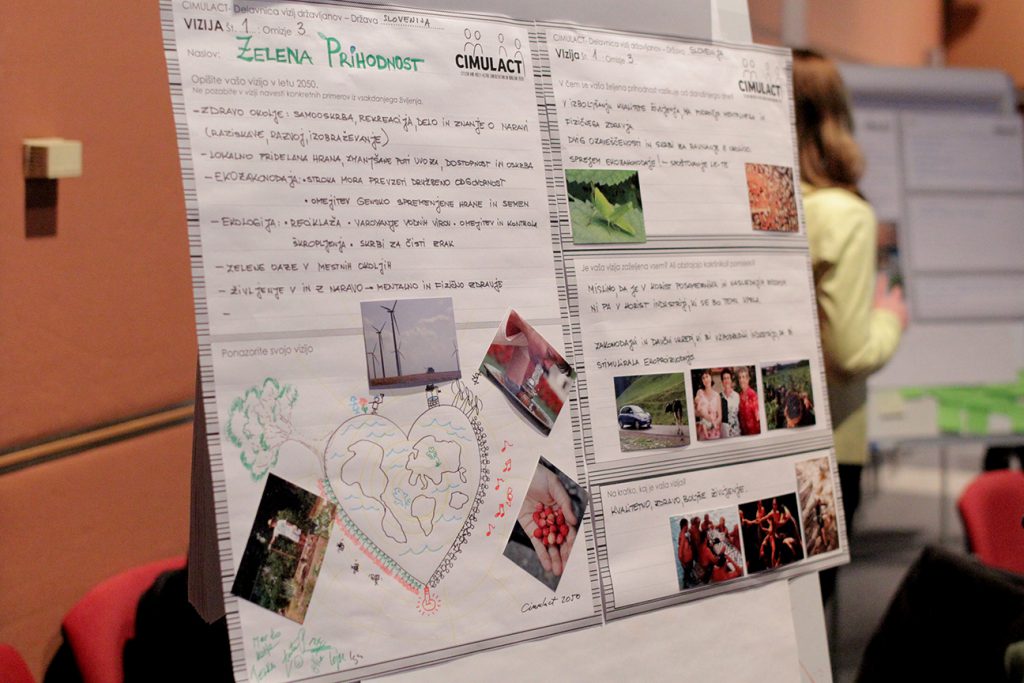From November 2015 until early January 2016 national citizen vision workshops (NCV workshops) were held in 30 European countries and generated 179 citizens’ visions for desirable and sustainable futures. Altogether 1,088 citizens took part.
In this first consultation phase, all countries applied the same format in order to have a uniform and comparable method to generate the visions of the citizens for desirable and sustainable futures. With the visions, the citizens’ collective intelligence will contribute to a better understanding of societal needs for research and innovation (R&I).
The visions from all over Europe were the starting point for the co-creation of research programme scenarios by citizens, stakeholders, researchers and policy-makers. More participatory processes then follow, engaging many actors in turning visions into prioritized actions for Horizon 2020. For more information on the further process, see the work plan.
Same format used in all countries
In order to ensure that all consortium partners carried out the workshop in the same way, the exact same format was used in all countries: the materials – the inspirational magazine, the pictures, and the templates – were the same (in local languages), the facilitators used the same scripts, and the day followed the same schedule (with slight local adaptations). Furthermore, all project managers responsible for organizing the NCV workshops had previously participated in a two-day training seminar, followed up by webinars and a manual for carrying out the workshop.
Selecting the citizens
To foster dialogue, debate and creativity, the panel’s heterogeneity is of utmost importance. The selection of citizens was based on participants’ diversity with regard to their sex, age, education and urban or rural residence. Other sociodemographic criteria were also relevant in national contexts. It is important that the participants were lay citizens not working professionally with science, technology and innovation.
Inspirational magazine and picture set for the citizens
Prior to the NCV workshop, an inspirational magazine was sent out to the citizens in their local language. The magazine:
- introduced citizens to the NCV workshops,
- stimulated and inspired the creative process and prompted citizens to contribute to the project in an imaginative way,
- informed citizens about the project’s aims and the types of contributions they were going to be asked to make,
- and familiarized citizens with the concept of a vision.
A set of 96 pictures of “the real world” was used during the NCV workshops, as well as prompting questions. The pictures varied and covered a large range of topics and challenges, and they were used to support citizens when they visualized or illustrated their visions – in order to make the visions more accessible, explicit, readable, attractive and shareable with others.
The method: The NCV workshop in more details
The method used for this first consultation phase is a qualitative method based on citizens’ visions, inspired by CIVISTI. Visions are imaginations of desirable futures in written form – implicit knowledge is expressed as a narrative taking on the form of visions about the future within a time horizon of 30 to 40 years. Their purpose is to serve a co-creation of research agendas based on real, validated and shared visions, needs and demands.
The visions are built in a step-by-step process: they are the result of a reflective process starting with individual wishes, hopes and fears leading to a creative discussion process. And it is the citizens themselves who will formulate the visions and illustrate them.
The citizens start looking into the future inspired by a picture set and write down their wishes, hopes and fears for themselves and their family and friends, and for society in 2050. Based on these ideas and writings, they then create two mini stories each – a format with a title, a few lines and pictures.
Each table then builds two raw visions of desirable futures from all mini stories at the table using pictures and illustrations. When finished, the raw visions are presented in plenary and the rest of the citizens vote on the one they like the best. This vision is then to be elaborated and finalized at each table with a half-plenary presentation midway.
